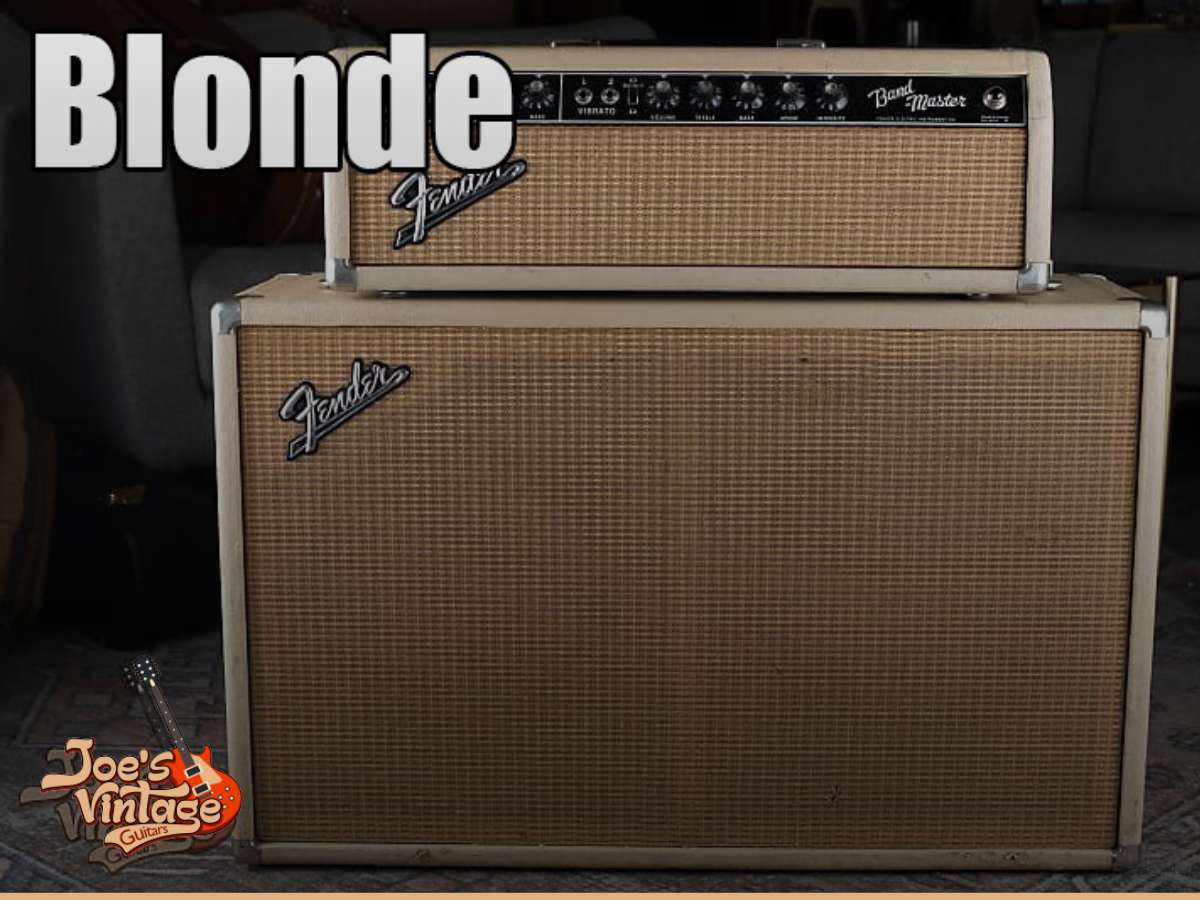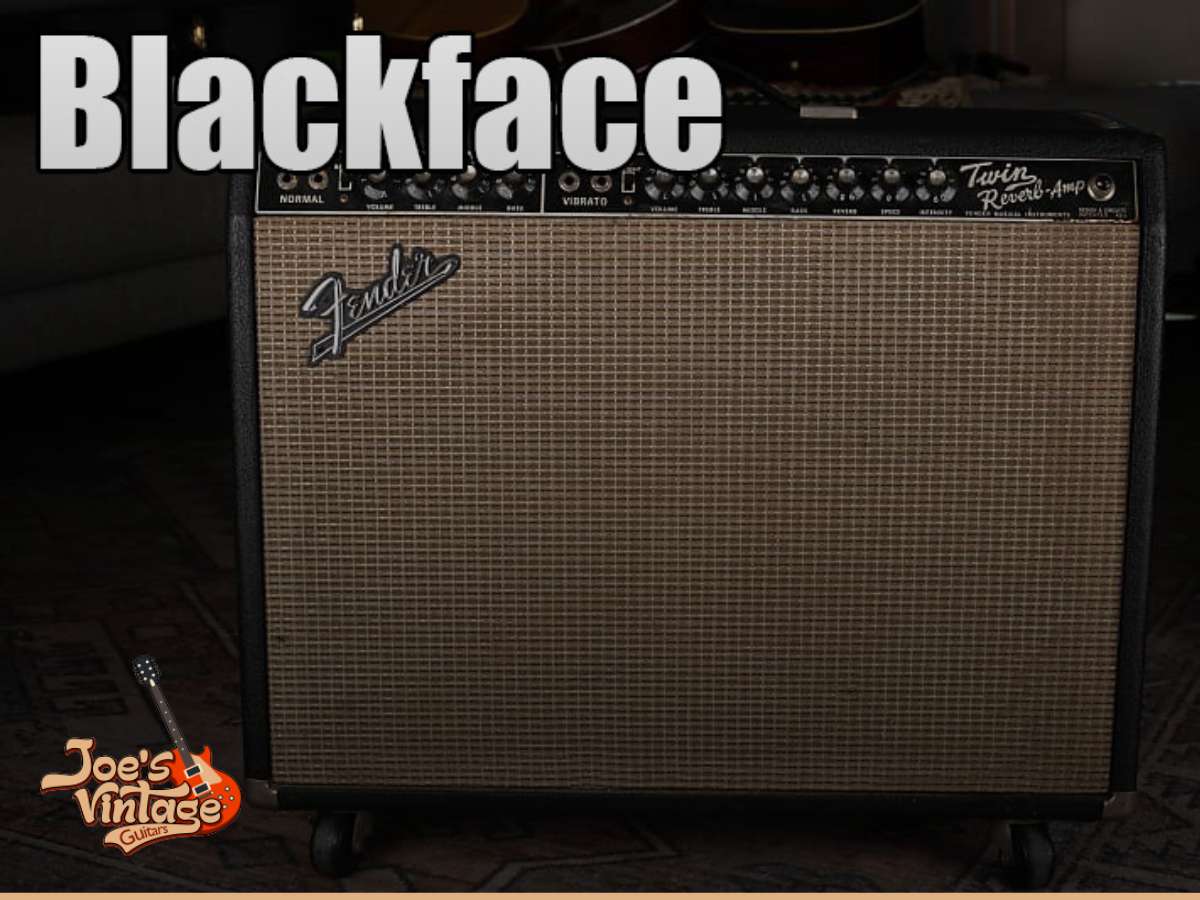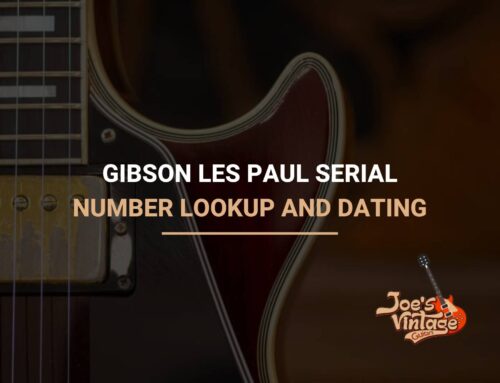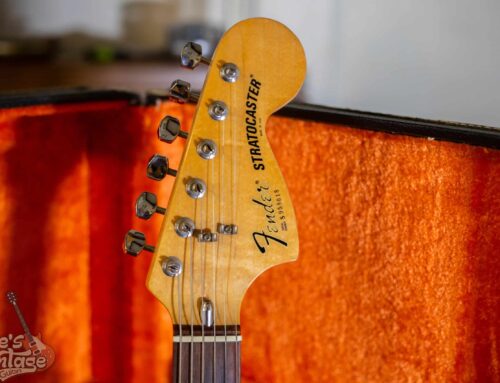Vintage Fender Amplifier Serial Numbers – How To Find The Year
Table Of Contents
- Why Fender Amp Serial Numbers Aren’t Reliable For Dating Your Amp
- Using Fender Amplifier Tube Chart Codes To Date Your Fender Amp
- What If The Tube Chart Is Missing? Other Methods Of Dating Fender Amps
- Which Era Of Fender Amplifier Do You Have?
- Tweed Tweed Era (1948-1959): Identifying Features Of Vintage Fender Amps
- Blonde & Brownface Era (1959-1963): How To Spot Fender Amp Details
- Blackface Blackface Era (1963-1967): Key Characteristics of Vintage Fender Amps
- Silverface Era (1967-1980): A Guide To Recognizing Fender Amps
- Using Transformer & Speaker Codes To Date Your Fender Amplifier
- Looking to Sell Your Vintage Fender Amp? Get a Top-Dollar Offer Today
Vintage Fender Amplifier Serial Numbers – How To Find The Year
We hear it all the time: “I have a vintage Fender amplifier, can you help me find out what year it was made?” Yes we can! In fact, we’ve helped people date their amplifiers so many times, we decided to write up a comprehensive guide for dating your Fender amplifier!
Why Fender Amp Serial Numbers Aren’t Reliable For Dating Your Amp
Let’s get this straight right off the bat: Fender amp serial numbers are not useful for finding their year. Since Fender amp serial numbers were not always sequential, we cannot use them to date our amps. Luckily, Fender did use some other codes that will help us determine the year.
Note: This article deals only with vintage Fender amps made in 1980 & before.
Using Fender Amplifier Tube Chart Codes To Date Your Fender Amp
All vintage Fender amplifiers came with a paper tube chart pasted to the interior of the chassis, usually on the left inner side, but sometimes on the right. Up until 1970 or so, these tube charts almost always bear an ink-stamped two letter code. The first letter of this code will tell us the year of manufacture:
- A – 1951 K – 1961
- B – 1952 L – 1962
- C – 1953 M – 1963
- D – 1954 N – 1964
- E – 1955 O – 1965
- F – 1956 P – 1966
- G – 1957 Q – 1967
- H – 1958 R – 1968
- I – 1959 S – 1969
- J – 1960 T – 1970

What If The Tube Chart Is Missing? Other Methods Of Dating Fender Amps
As you can imagine, on amplifiers that are several decades old, a piece of paper glued to the side of the cabinet can often flake off and go missing. In addition, the two letter code can sometimes be missing from the tube chart. Without access to the two letter code, dating a Fender amp becomes a little more complicated. Here are some tips.
Which Era Of Fender Amplifier Do You Have?
The nice thing about vintage Fender amplifiers is that each era of amplifier has a unique look. By using the appearance of your amp, you can discern a range of years during which it was manufactured.
Tweed Tweed Era (1948-1959): Identifying Features Of Vintage Fender Amps
Fender amps from this era have a light brown tweed covering and a brown “Fender” plaque on the front. The control knobs are on the top side of the amp.
Blonde & Brownface Era (1959-1963): How To Spot Fender Amp Details
Amps from this era have either a blonde colored tolex or a brown colored tolex and have the control knobs on the front of the amp


Blackface Blackface Era (1963-1967): Key Characteristics of Vintage Fender Amps
Amps from this era are covered in black tolex and have a black control panel with the amp model written in a white script.

Silverface Era (1967-1980): A Guide To Recognizing Fender Amps
Amps from this era still have the same black tolex covering, but they have a shiny silver faceplate with the model in blue lettering.

Using Transformer & Speaker Codes To Date Your Fender Amplifier
When the tube chart or two letter code is missing, it is possible to date Fender amps by looking at codes on their components. Looking at the speaker is the easiest way to do this, but codes can also be found on the transformers. These codes are to be used in conjunction with the above information about the aesthetic appearance of your amp since the codes only provide the last digit of the year (for example, a 2 could mean 1962 or 1972. If the amp is brown or blonde, it is a 1962, if it is silver, it is 1972)
These codes consist of a 3 digit manufacturer code, followed by 3 more digits, which indicate the year and week of manufacture. The first number in the second set of 3 digits indicates the last number in the year of manufacture (ie 5 for 1955 or 1965, etc) So, in the picture below, this speaker was made in 1955, 1965, or 1975 since “5” is the first digit in the second set of 3 numbers. Since the amp is a “Silverface” we can conclude that it was made in 1975.
Remember! You are looking for a 6 digit code with numbers only! Happy hunting!
Looking to Sell Your Vintage Fender Amp? Get a Top-Dollar Offer Today
Joe’s Vintage Guitars is a buyer of all fine vintage Fender amplifiers! If you have a Fender Amp made before 1967, we would be interested in purchasing for top dollar! Reach out to us at (602) 900-6635 or joesvintageguitars94@gmail.com or fill out the form to contact us!

Joe’s Vintage Guitars
47 N Fraser Dr E
Mesa, AZ 85203
Phone: (602) 900-6635
Email: joesvintageguitars94@gmail.com

Written by Joe Dampt
“Driven by a love for classic tunes, I specialize in buying, selling, and appraising vintage guitars, bringing music and history together.”










